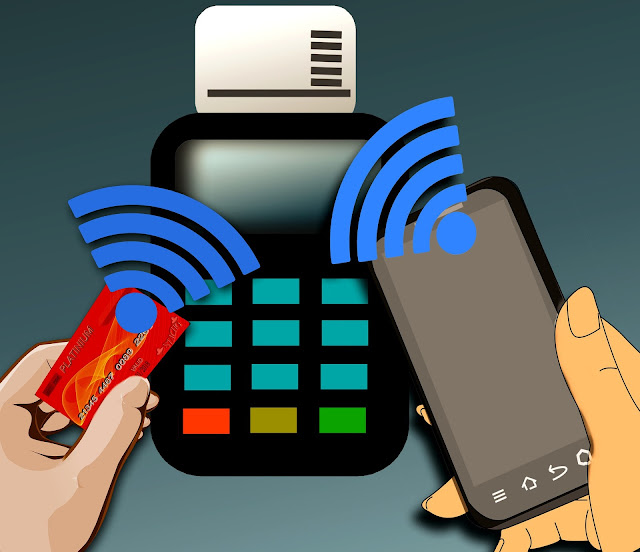In this technology world, we are moving with fast pace. Our life
style and behavior are changing and which is bringing more opportunities for
creation of new products, services, solutions, gadgets etc. With the evolution
of Internet companies have explored a larger area of business and this area is
going to be getting more expanded with the evolution of some amazing and near
future techniques. More innovations have happened at technology side now more
imagination is happening at designing side. In this article we are going to see
some cool areas for User Experience designer to work in near future.
Internet of thing
The internet of things (IoT) is the network of physical objects—devices, vehicles, buildings and other items—embedded with electronics, software, sensors, and network connectivity that enables these objects to collect and exchange data.
Connected Home, cars, workstations, offices, cities are going to boom our current environment and experience.
Virtual Reality
Virtual reality or virtual realities (VR), also known as
immersive multimedia or computer-simulated reality, is a computer technology
that replicates an environment, real or imagined, and simulates a user's
physical presence and environment to allow for user interaction. Virtual
realities artificially create sensory experience, which can include sight,
touch, hearing, and smell. The global AR and VR market is expected to grow to $209.2 billion by 2022. (Ref)
Most of the companies have already worked in this section
and started creating VR products. Google cardboard and Microsoft Holo lenses
are some well known products of this area.
Virtual reality (VR) is the experience where users feel immersed in a simulated world, via hardware—e.g., headsets—and software. Designers create VR experiences—e.g., virtual museums—transporting users to 3D environments where they freely move and interact to perform predetermined tasks and attain goals—e.g., learning.
DISCLOSURE: This post may contain affiliate links, meaning when you click the links and make a purchase, we receive a commission.
Augmented Reality
Augmented reality (AR) is a live direct or indirect view of
a physical, real-world environment whose elements are augmented (or
supplemented) by computer-generated sensory input such as sound, video,
graphics or GPS data.
Augmented reality (AR) is an experience where designers enhance parts of users’ physical world with computer-generated input. Designers create inputs—ranging from sound to video, to graphics to GPS overlays and more—in digital content which responds in real time to changes in the user’s environment, typically movement.
Wearable
Wearable technology brings data and activity tracking from
user’s environment and converting it in valuable information, actions,
recommendations etc. Different fitness related wearable products and utilities
related products are emerging in market frequently. Example: Apple watch,
fitbit bands etc.
Promoted
University credit-rated. Industry-approved. Globally-recognised.
NFC
Near field communication (NFC) is a set of communication
protocols that enable two electronic devices, one of which is usually a
portable device such as a smartphone, to establish communication by bringing
them within 4 cm (2 in) of each other.
NFC is being used majorly in access provisioning, shopping,
retail domains etc. but not limited to these domains only.













%20in%20India.png)

